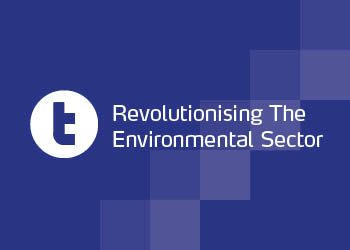A document has been released by the European Commission that seeks to clarify the measures contained within the revised Waste Framework Directive.
Among the measures it looks at are the definition of end-of-waste criteria, and what is meant by separate collection of paper, metal, glass and plastic. As a result, it also reveals that commingled collection is allowed under the terms of the directive.
In his foreword to the document, European Commission director-general of DG Environment Karl Falkenberg wrote: “Since the date of application of the Waste Framework Directive, many questions regarding its interpretation and application have been raised by national authorities and stakeholders.
“This guidance document is intended to assist both national authorities and economic operators with the aforementioned legislation. This document may be revised in the future, according to the further development of European waste management policy.”
When it comes to end of waste criteria, the document states that end of waste criteria are set at a European level where the substance or object is commonly used for specific circumstances or a market or demand exists for such a substance or object.
Compliance to the latter of these two criteria is indicated by the existence of firmly established market conditions related to supply and demand, a verifiable market price being paid for the material, and the existence of trading specifications or standards.
End of waste also requires that the material meets the existing legislation and standards applicable to products, and as such must meet technical specification or standards that are used by virgin materials for the same purpose.
It also requires that the use of the substance or object will not lead to overall adverse environmental or human-health impacts.
If the European Union has specified that a material meets end of waste criteria, then each Member State must comply. However, Member States can classify a material as end of waste if it has not been classified as such by the EU.
The document also seeks to provide clarification on whether commingled collection is allowed.
It defines separate collection as “a collection where a waste stream is kept separate from waste of a different type of nature, so as to facilitate a specific treatment”.
Therefore, separate collection is sought in order to ultimately achieve treatment of the materials, and in particular the recovery and recycling of separated fractions of waste. In practice, this would require separate storage and transport of separately collected waste fractions as well as an observance of a ban on mixing waste.
The Waste Framework Directive distinguishes between different categories of separate collection with each applying to different waste streams.
These are:
- A general obligation to encourage separate collection as to facilitate recovery
- A general obligation to introduce separate collection as to facilitate recycling
- An obligation to introduce separate collection for paper, metal, plastic and glass so as to facilitate recycling of these waste streams
- An obligation to introduce separate collection for waste oils and encourage separate bio-waste collection.
There is also an obligation to set up separate collection schemes as a measure to promote high-quality recycling. However, separate collection need only take place when it is “technically, environmentally and economically practicable” to do so and that the separate collection should be “appropriate to meet the necessary quality standards for the relevant recycling sectors”.
Under a particular section on commingled collection of waste, it states: “The Waste Framework Directive does not include an explicit statement covering the commingled collection of different recyclable waste streams (as one commingled stream).
“As a starting point, it should be borne in mind that in accordance with Article 11 (1), paragraph 3 WFD, and subject to the conditions set out in this provision, there is an obligation to have in place by 2015 separate collection for paper, metal, plastic and glass. Separate collection is defined as waste-stream-specific separate collection.
“On the other hand, setting up a separate collection is also subject to the principle of proportionality (subject to Article 10(2) WFD: necessity and technical, environmental and economic practicability). Considering that the aim of separate collection is high-quality recycling, the introduction of a separate collection system is not necessary if the aim of high-quality recycling can be achieved just as well with a form of commingled collection.
“So commingled collection of more than one single waste streams may be accepted as meeting the requirement for separate collection, but the benchmark of ‘high-quality recycling’ of separately collected single waste streams has to be examined; if subsequent separation can achieve high-quality recycling similar to that achieved with separate collection, then commingling would be in line with Article 11 WFD and the principles of the waste hierarchy. Practically, this usually excludes commingled collection of bio-waste and other ‘wet’ waste fractions with dry fractions such as eg. paper. On the other hand, subject to available separation technology, the commingled collection of certain dry recyclables (eg metal and plastic) should be possible, if these materials are being separated to high quality standards in a subsequent treatment process.”
Are you attending our Growth Opportunities in Recycling and Waste conference on 13 July at One Drummond Gate in London? Find out more at www.scrap-ex.com/conferences












